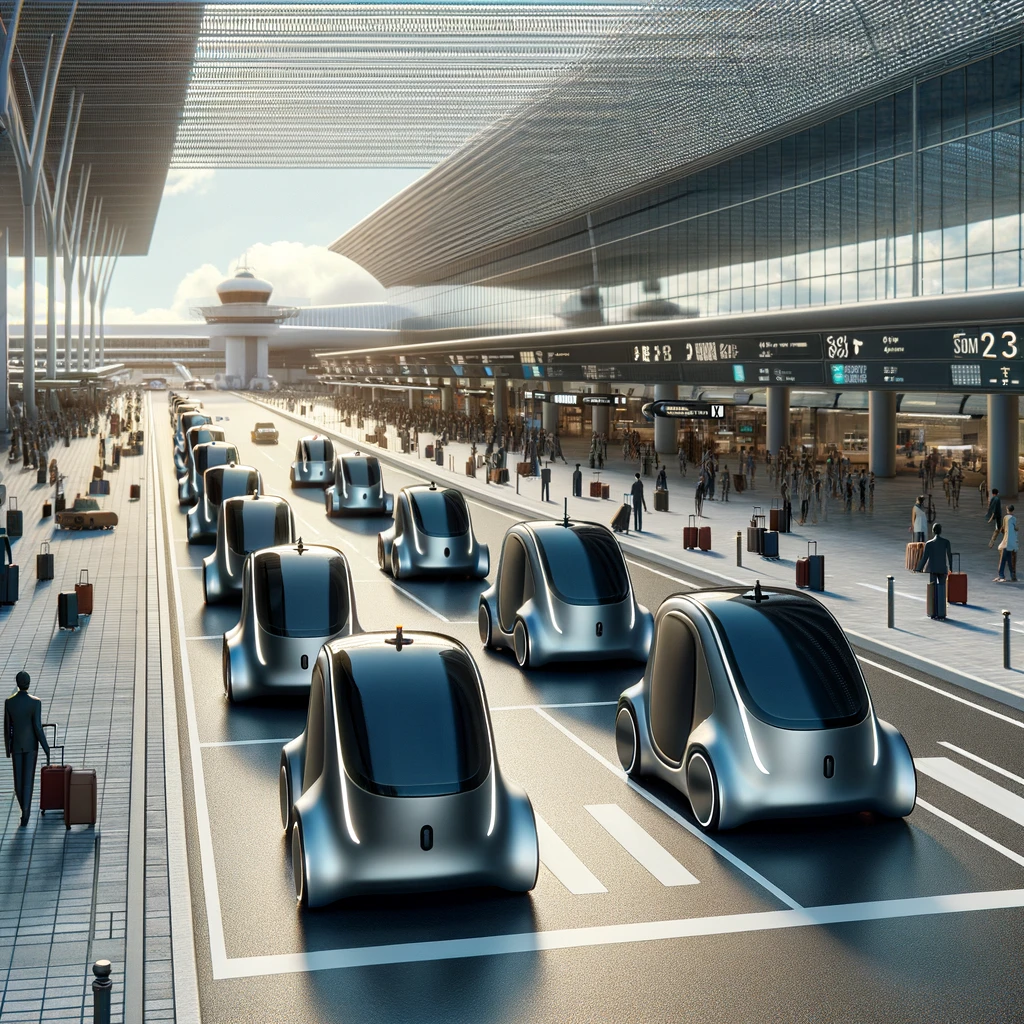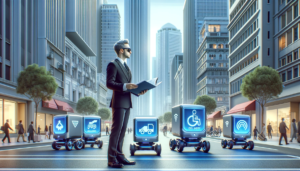
Waymo RoboTaxi Vandelized in San Francisco!
Embracing Robotic Transit: Navigating the Road to Acceptance
A Waymo robotaxi was vandalized and set on fire in San Francisco’s Chinatown, marking another incident of public aggression towards autonomous vehicles in the city. The attack wasn’t coordinated but occurred as a crowd grew violent around the driverless vehicle. This event reflects ongoing tension between the public and the deployment of robotic transit systems, highlighting concerns over job displacement and the perception of robots as property rather than beings
In the vibrant streets of our cities, amidst the symphony of honking cars and bustling crowds, a new player joins the urban orchestra: the robotic taxi. Yet, as one such autonomous chariot recently learned the hard way in San Francisco, not everyone’s ready to roll out the red carpet. Vandalized and left smoldering, this incident wasn’t just a bad day for a robotaxi; it was a stark reminder of the simmering tensions surrounding the robotic workforce’s rise.
Get the full story on the attack against the Waymo Robotaxi in San Franciso here.
The Job Displacement Dilemma
One of the most significant concerns fueling public skepticism towards robotic transit is the fear of job displacement. As autonomous vehicles become more common, the traditional roles of taxi drivers, delivery personnel, and other transportation jobs are at risk. This shift poses not just an economic threat but also challenges societal norms and personal identities tied to professions. Its one thing to hear about job loss due to automation in a far-flung factory, but seeing it upfront and personally navigating your city streets gives way to very different and sometimes hostile realization.
Robots as Property, Not People
Complicating the discourse is the psychological aspect of how robots are perceived. Unlike humans, robots are property, lacking rights, feelings, or personal agency. This perception allows for actions that would be unacceptable if directed towards a person, as evidenced by the vandalization of the Waymo robotaxi. It raises ethical questions about our relationship with technology and the empathy gap in how we treat machines versus living beings.
On Issue #6 of the Singularity Watch Newsletter, we discuss the importance of design and aesthetics in mobile robotics and how the right design can make an emotional link with its users. Perhaps if the Waymo Robotaxi was a bit cuter the crowd of vandals may had a greater ethical struggle with what they were doing.
However, before we start picketing against our potential robot overlords, let’s hit the brakes and consider the upside.
Mingling with Machines
For starters, robotic transit promises safer, more efficient streets. Fewer human errors mean fewer accidents, unless our robotic friends decide it’s time for the uprising. In which case, remember to be kind to your mechanical chauffeur – you never know who’s really in control.
Navigating the Future
The path forward requires a nuanced understanding of these issues. Public education and transparent dialogue about the benefits and challenges of robotic transit can help mitigate fears. Developing social and economic policies that address job displacement can also ease the transition for affected workers.
Engaging the public in these conversations is crucial. As we integrate more technology into our daily lives, finding harmony between innovation and societal values will be key to fostering acceptance and preventing conflict.
Shifting Gears Towards Coexistence
As we navigate this transition, it’s essential to keep the conversation open and the atmosphere light. After all, the future of transportation is not just about getting from point A to B; it’s about crafting a journey that respects both human and robotkind. So, the next time you hop into a robotaxi, crack a joke about how your cousin has a Roomba. Just in case, you know, they’re listening and planning.
In the end, the vandalization of a Waymo robotaxi is a symptom of deeper societal issues that need to be addressed. Whether through humor, policy, or simply learning to share our lanes, finding harmony between humans and machines on the streets of tomorrow might just be the adventure of a lifetime. Buckle up, it’s going to be an interesting ride!
Follow the latest trends and innovations in the emerging robotic ecosystem by joining our Member Portal. Members enjoy exclusive articles covering deep tech dives and business analysis just like this.

